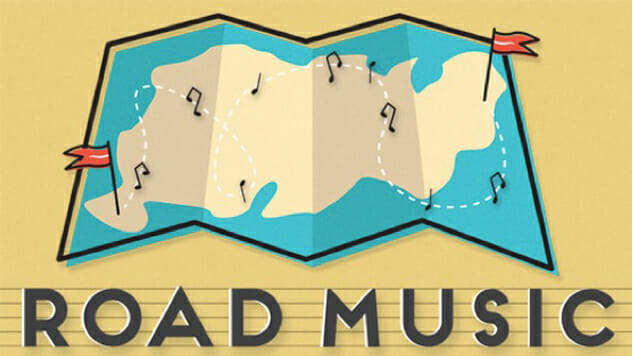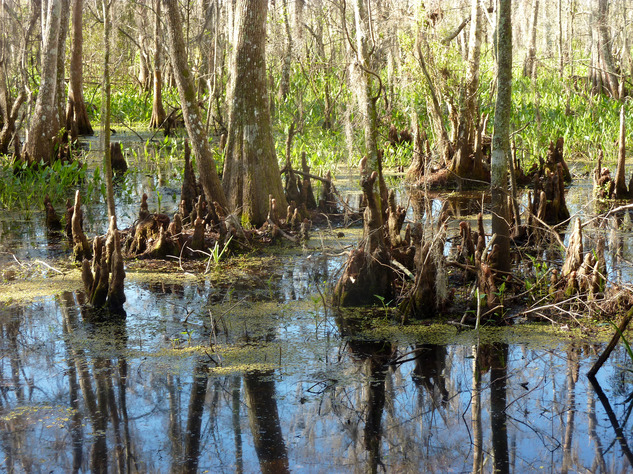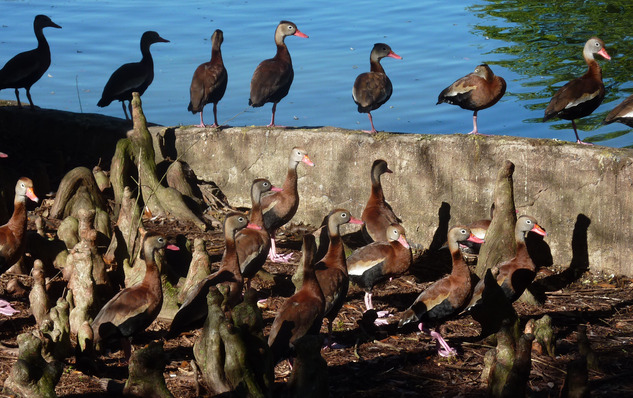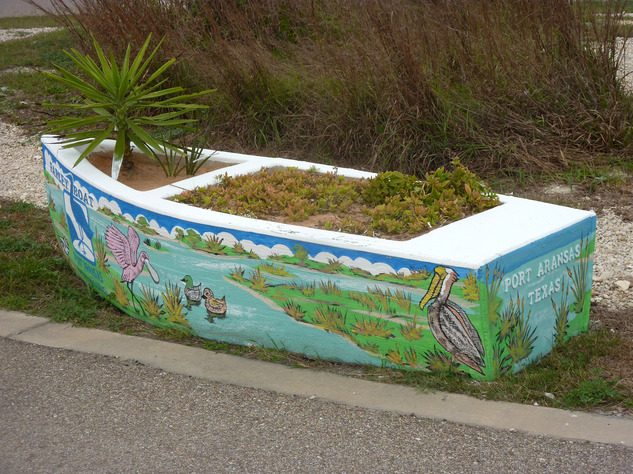Road Music, Chapter Eight: Port Aransas, Texas

For this series, we’ll be following Paste’s own Curmudgeon, Geoffrey Himes, as he sets out on a massive road trip across the South, exploring musical landmarks, traditions and history along the way. Eighth stop: Port Aransas, TX.
Travel by car connects the dots in a way that air travel never can. Sure, driving long distances is slower and not really cheaper than flying, if you factor in motels and meals, but a road trip gives you a feel for the way the landscape alters mile by mile. It allows you to size up each piece of the puzzle and how it fits with the next.
As I drove south on I-55 through Mississippi on February 21, I could feel the countryside changing. The flat cotton fields of the Delta gave way to the wooded hills that cover most the state. I’m always surprised to be reminded how empty Mississippi and Alabama are. You expect Western states such as Wyoming and Utah to be sparsely populated, but you don’t expect it in the more crowded East. But I often drove for miles through Mississippi without seeing a building—and then many miles more before seeing a second one.
-

-

-

-

-

-

-

-

-

-

-

-

-

-

-

-

-

-

-

-

-

-

-

-

-

-

-

-

-

-

-

-

-

-

-

-

-

-

-

-












































